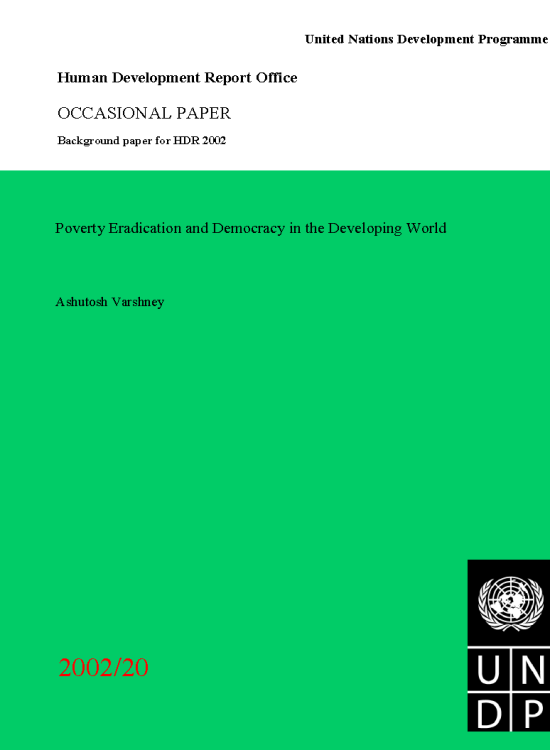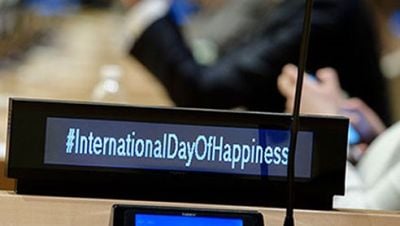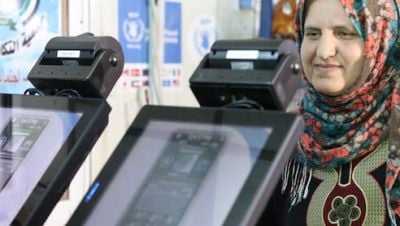Poverty Eradication and Democracy in the Developing World

Download Report by Language
Document
varshney2002.pdf
(264.71 KB)
Citation
Varshney, Ashutosh. 2002. Poverty Eradication and Democracy in the Developing World. New York.
Poverty Eradication and Democracy in the Developing World
Posted on: January 01, 2002
In the most meticulous and comprehensive statistical examination yet of the relationship between democracy and development, Przeworski et al (2000) have provided compelling evidence for a hunch long held by observers of development. “The lists of miracles and disasters”, they argue, “are populated almost exclusively by dictatorships… The tigers may be dictatorships, but dictatorships are no tigers” (p. 178). Indeed, Przeworski et al could explicitly have taken another analytic step, a step that can be logically derived as a syllogism from what they say. Moving beyond a bi-modal distribution – miracles and diasters -- they could have also constructed a third, in-between category. They would have found that democracies tend to fall almost exclusively in the unspectacular but undisastrous middle. No long-lasting democracy in the developing world has seen the developmental horrors of a Mobutu’s Zaire, but none has scaled the heights of a South Korea, Taiwan or Singapore.

